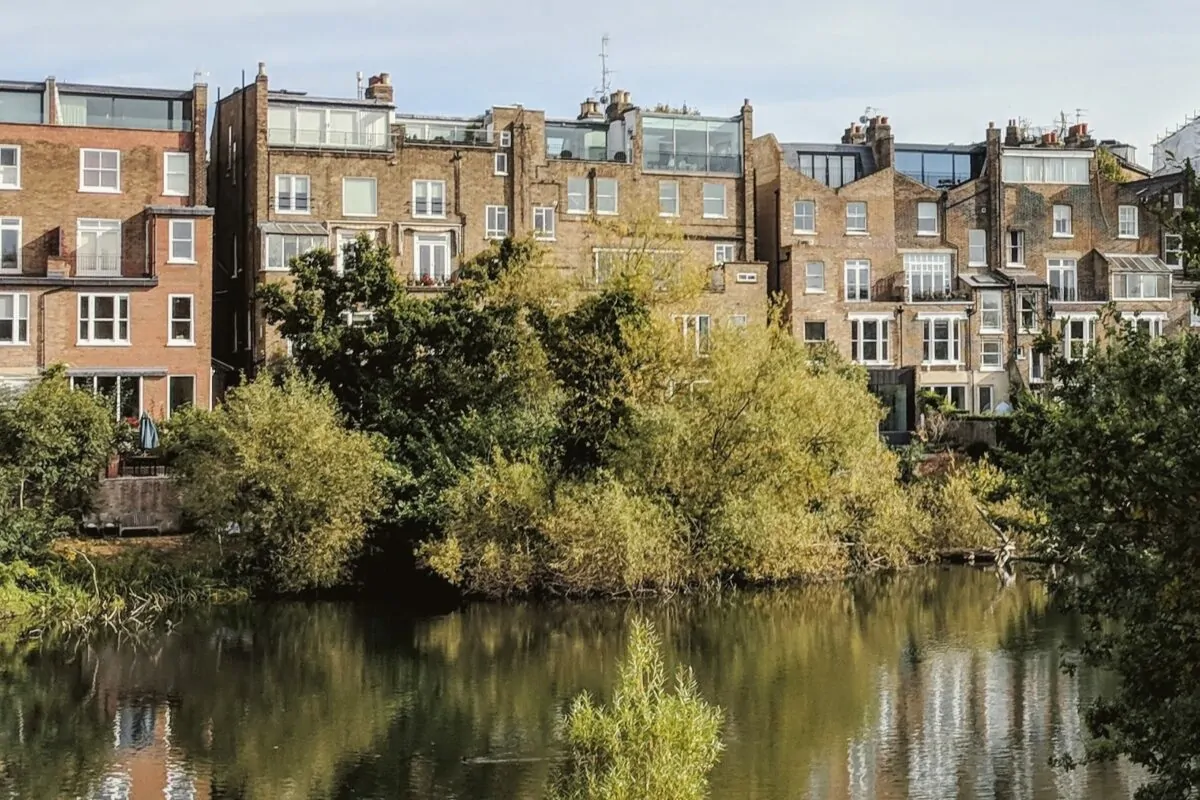The Neighbourhood
The archetypal ‘city village’, Hampstead feels a world away from central London despite its proximity. There are two distinct villages surrounding the tube and overground stations respectively.
NW3 is steeped in history. Over 75 blue plaques commemorate former residents including Elizabeth Taylor, George Orwell, Sigmund Freud, HG Wells and DH Lawrence.
There is an active cultural scene. Hampstead Theatre and Pentameter Theatre have varied calendars while Camden Arts Centre museum also offers classes to the public. The Everyman Cinema is busy throughout the week.
Hampstead Heath is perhaps the area’s key draw. Its rugged woodland, ponds and trails cover almost 800 acres. Kenwood House and the Hill Garden and Pergola have more formal grounds nestled in the centre. In summer, the Heath hosts late night open air concerts while open water swimmers brave the ponds all year round.
The wide selection of schools attracts a large number of families and there has always been a large American contingent.
The Market
Despite its North London location, Hampstead is increasingly regarded as a satellite market of Prime Central London. However, there are fewer super prime transactions and prices rarely exceed £2,500 per sq ft. Average prices per square foot are circa £1,200 with houses trading at a premium to flats. Compared to more central prime postcodes, there are significantly more year round occupiers and a stronger sense of community.
NW3 has a variety of architecture. Many homes are in the Queen Anne style, characterised by its distinctive red brick and white sash windows. Wider examples with deeper layouts command a significant premium. Surrounding Hampstead Village there are also narrower Victorian and Georgian townhouses. Frognal Rise is a unique road featuring villas built in the Spanish style. Several mansion blocks surround the Heath, although the internal condition and reasonableness of their service charges varies dramatically.
The area between Hampstead Tube and Finchley Road to the West has larger properties able to house staff with generous gardens and off street parking. Greenaway Gardens and Redington Road perform strongly. Best-in-class properties can stay in the same family for generations and are sometimes discretely trialled off market.
While Camden Council’s planning policy looks to retain the area’s “leafy village character”, ambitious works are often granted at the rear of homes. However quainter cottages on streets like Willow Road often have Grade 2 Listed status, making reconfiguring layouts and upgrading energy efficiency a challenge.
